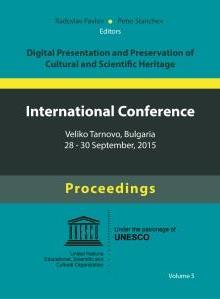
An Android Application for Computing Selected Areas on Images in Restauration of Mosaics and Frescos
This paper describes an Android application which allows computation of the physical area of a selected region of an image. The System is intended for helping archaeologists on fields and archaeological sites. The basic principle of the operations is that the user of the application takes a picture of some shape, object or landscape. First, the user has to select the unit of measurement that is always present on the screen, by using already implemented tools. Then you select an appropriate mosaic that you want to be calculated, and the calculated area is presented on the screen. The major advantage of the system is to resolve the problem of computating the area of the damaged part of the mosaics on field.
More...